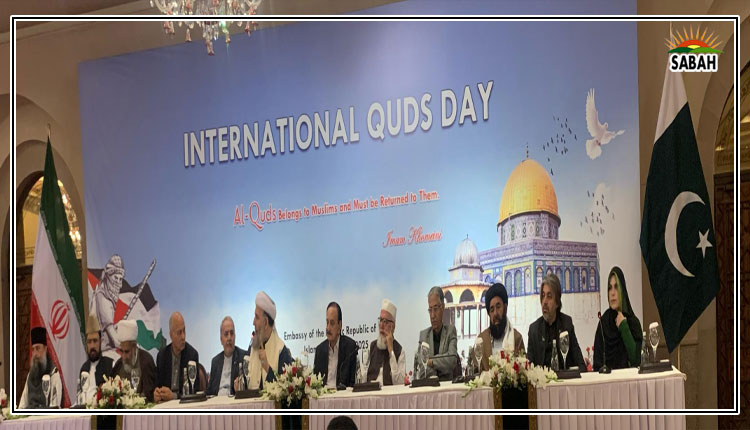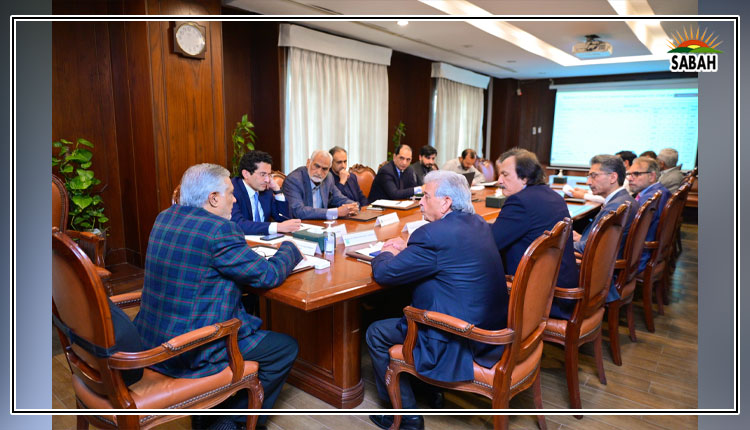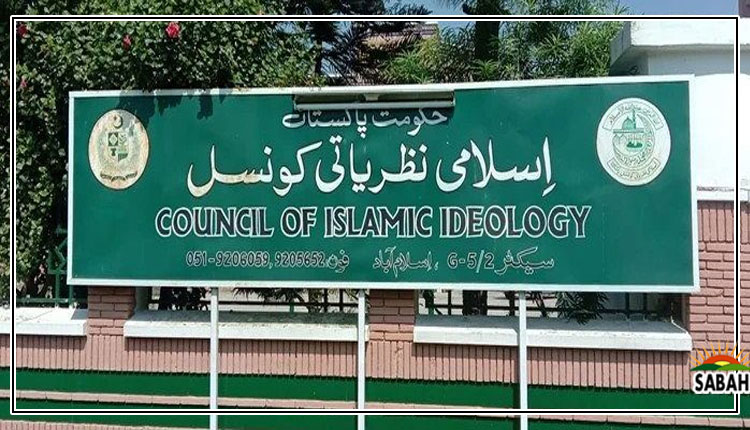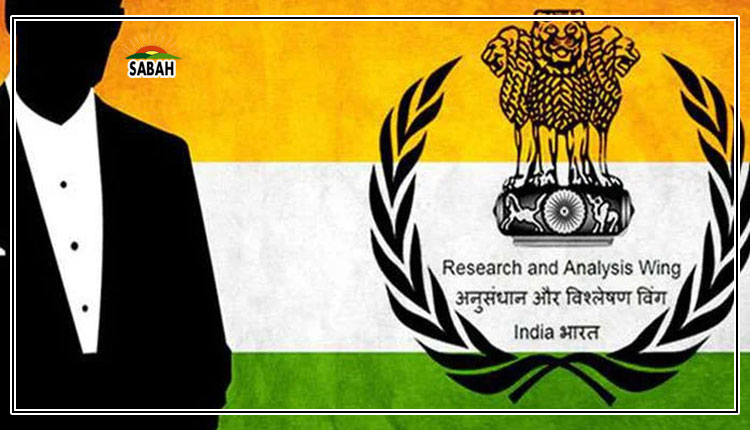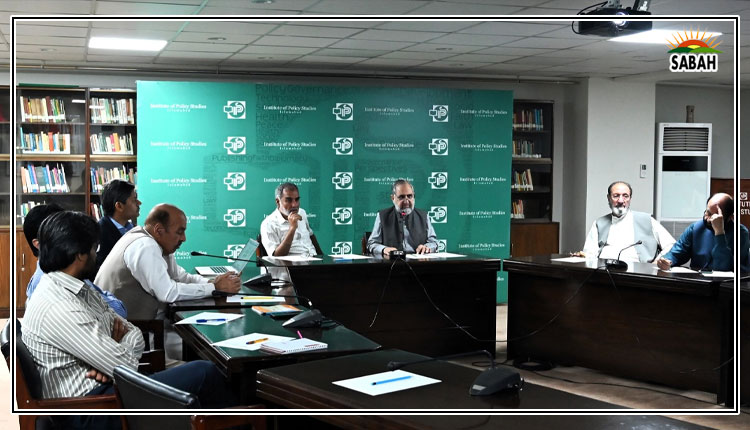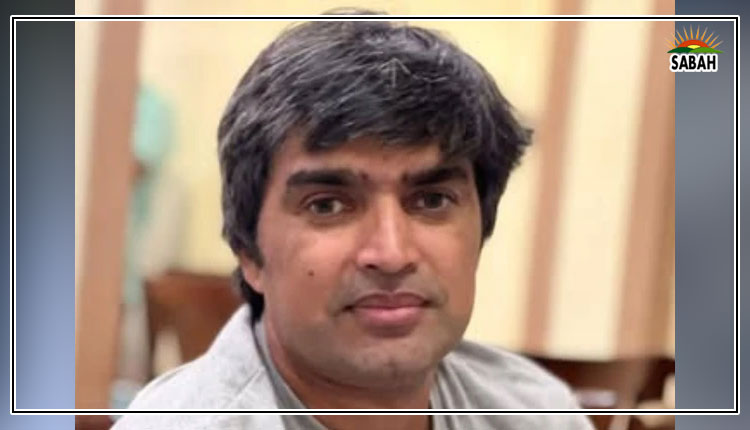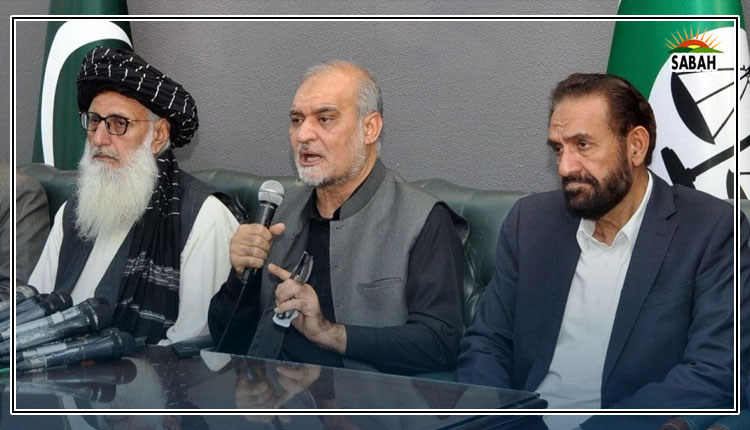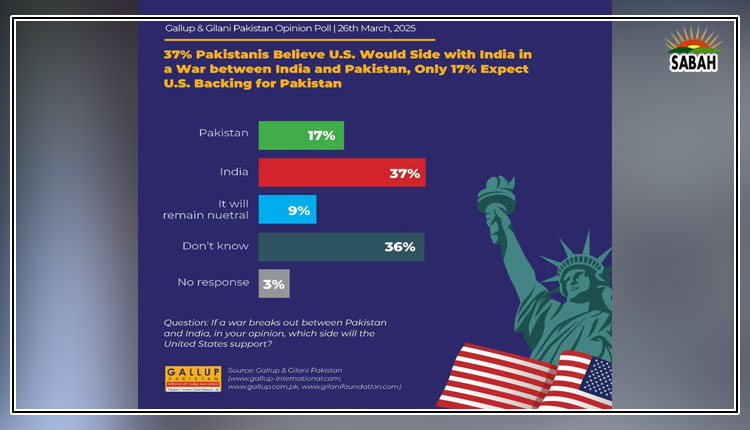Constitutional amendments – Part II…Dr Naazir Mahmood
In 1975, with the National Awami Party (NAP) banned and all its properties and funds forfeited, the consequences of the early constitutional amendments came to the fore. While drafting the amendments, the Bhutto government had carefully selected every word to support its future actions.
The federal government was bent upon destroying the democratic forces that could stand up to the anti-democratic right-wing outfits that ultimately toppled ZA Bhutto. When the Supreme Court of Pakistan heard the case, the then chief justice Hamoodur Rahman who had earned a respectable name in his judicial career and as the head of the Hamoodur Rahman Commission mysteriously overruled Wali Khans objections against two judges on the bench who were well-known for their proximity to the prime minister.
It is surprising that a man of Rahmans calibre who himself hailed from the erstwhile East Pakistan and had closely observed the consequences of declaring political leaders as traitors was unable to see the ruse behind the amendments. Even if Wali Khan and some of his colleagues were to receive sentences, the entire NAP political leadership and the party that had a major role in the struggle for the dissolution of One Unit and restoration of democracy against military dictatorships became a target of the amendments. The amendments ended the NAP with ruthless force, and justice Hamoodur Rahman upheld these actions.
While the Supreme Courts acceptance of press reports and intelligence officers statements as admissible still remains questionable, the courts observation that Pakistan comprised just one nation and did not have any nationalities was purely statist and centrist, especially when Chief Justice Hamoodur Rahman himself had investigated the fallout of such assertions in East Pakistan. He tarnished his otherwise impressive career with this major judgment. There was not a single note of dissent against the constitutional amendments. All judges were unanimous that the NAP was indeed a threat to this country.
Justice Hamoodur Rahman retired in October 1975, just two days after delivering his ignominious verdict that dealt a severe blow to democracy in the country under the guise of constitutional amendments. He had served for seven years under two military dictators and a civilian ruler. One wonders how Wali Khan was freed within weeks after ZA Bhuttos illegal removal and Gen Ziaul Haqs ascendency to power. Though Gen Zia became a self-proclaimed defender of Pakistans ideology, he saw no contradiction in the release of Wali Khan whose party was declared as anti-state by the SC.
Justice Yaqoob Ali became the new chief justice of the SC. He took his oath on Nov 1, 1975; and the fourth amendment to the constitution was passed the same month, which curtailed the jurisdiction of courts. This amendment also curtailed the writ jurisdiction of the high courts under Article 199 in cases of preventive detentions. Now the courts could not grant bail to a person or prohibit such detention. Through a presidential ordinance all office bearers of the NAP stood disqualified from memberships of the national and provincial assemblies.
With a parallel ordinance, the government established special courts to try anyone it accused of anti-state activities. After these amendments and ordinances came into force, no high court had the jurisdiction to come to the aid of political victims and grant bail. The government handled the entire process of the fourth amendment cleverly by highlighting the other two positive elements of the amendments to dilute the more destructive ones. The government said that through the fourth amendment it had allocated six special seats to minorities in the National Assembly.
Minority seats also increased in the Punjab Assembly from three to five. The security staff of the National Assembly physically removed the opposition members who wanted a discussion on the proposed amendment, especially regarding limiting the powers of the courts. These opposition leaders included big names like Maulana Mufti Mehmood, Prof Ghafoor Ahmed, and Mahmud Ali Kasuri. After their removal, parliament passed the fourth amendment without any opposition. Interestingly, the PPP had a majority in parliament and it could have passed the amendment without resorting to use of force, but perhaps it wanted to be remembered for its notoriety.
In September 1976, the Bhutto government passed the fifth amendment widening the scope of restrictions on courts. The period of separation of judiciary from the executive increased from three to five years. The maximum tenure of the chief justices of the SC and high courts also became fixed as five and four years respectively. Now high courts could not issue any order subject to Articles 175 (2) and 199. The government could transfer the judges of the high courts without their consent to another high court, and that too without giving any reason.
If a high court judge refused to accept an appointment, the government could force them to retire under the fifth amendment. Even the chief justice could not intervene or give any advice or consultation in this matter. The fifth amendment altered 16 articles and the First Schedule of the constitution. For the first time the judges faced the consequences of the fifth amendment. Now the chief justices term in office was not solely dependent on age but also on a fixed period.
It was evident that the government wanted to secure certain changes in some of the appointments. The government sugarcoated this amendment as well by establishing separate high courts for Sindh and Balochistan and highlighting it more prominently than the restrictions on the high court jurisdiction to grant interim bails. Abdul Hafeez Pirzada was the federal education minister and he vociferously attacked the judiciary for encroaching upon the legislative and executive functions; sounds familiar? He believed if the judiciary deviated from the constitution it would be subversion and high treason again familiar, isnt it?
With this amendment in place, the judges were constantly under threat of transfer if they did not oblige government functionaries. Even the high court chief justices could not refuse their elevation to the SC for fear of compulsory retirement; the fifth amendment totally subdued and tamed the superior judiciary. The chief justices of the Lahore and Peshawar high courts, Justice Sardar Iqbal (father-in-law of Ayaz Sadiq) and Justice Ghulam Safdar Shah, had to quit after completing their four-year terms even when they had not reached the age of superannuation.
After Justice Safar Iqbals retirement, Justice Maulvi Mushtaq was the most senior judge of the Lahore High Court but the government bypassed him to appoint Justice Aslam Riaz Hussain as the chief justice. This cost Bhutto dearly; when Justice Mushtaq used insufficient evidence to sentence him to death after his unconstitutional removal from power by General Zia.
The Bhutto government introduced its penultimate amendment in Dec 1976 the sixth amendment in the last session before the general elections. The main content of the amendment was about extension in the tenure of justices of the SC and high courts beyond the retirement age of 65 and 62 respectively.
This amendment specifically gave a chance to Chief Justice Yaqoob Ali to continue after his superannuation in mid-1977, as he had not completed his term in office for five years.
To be continued
Courtesy The News


